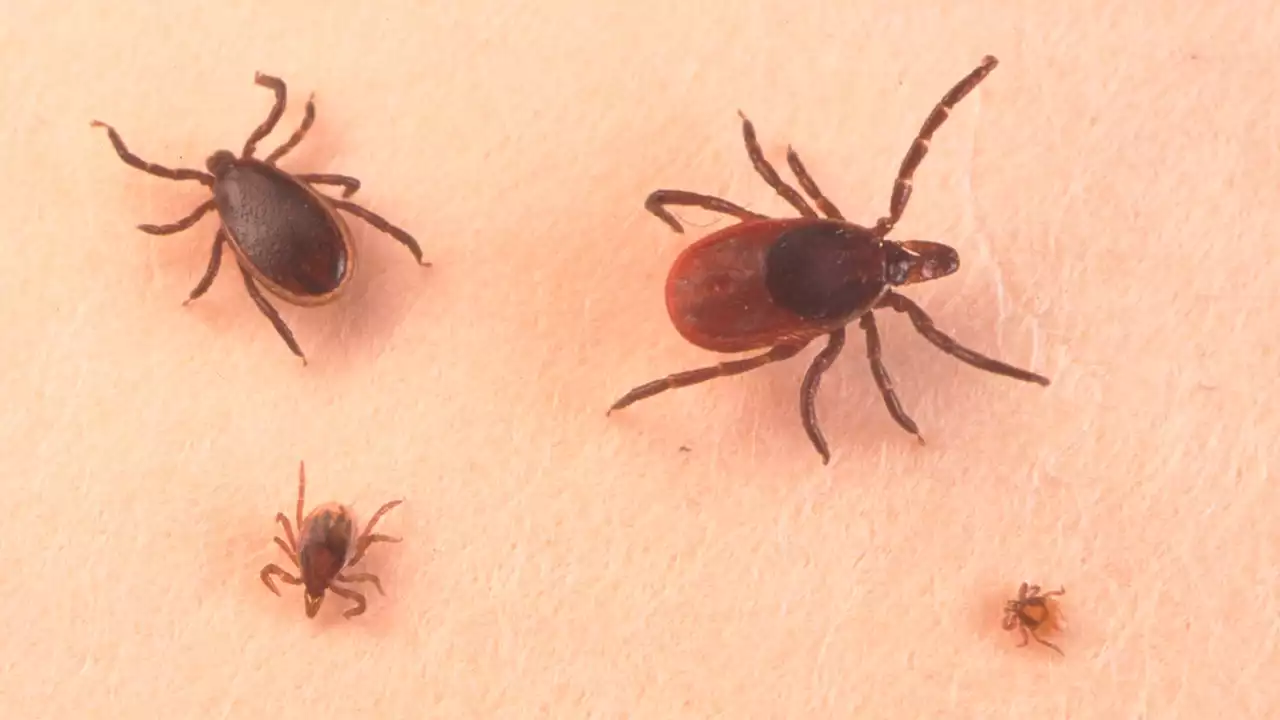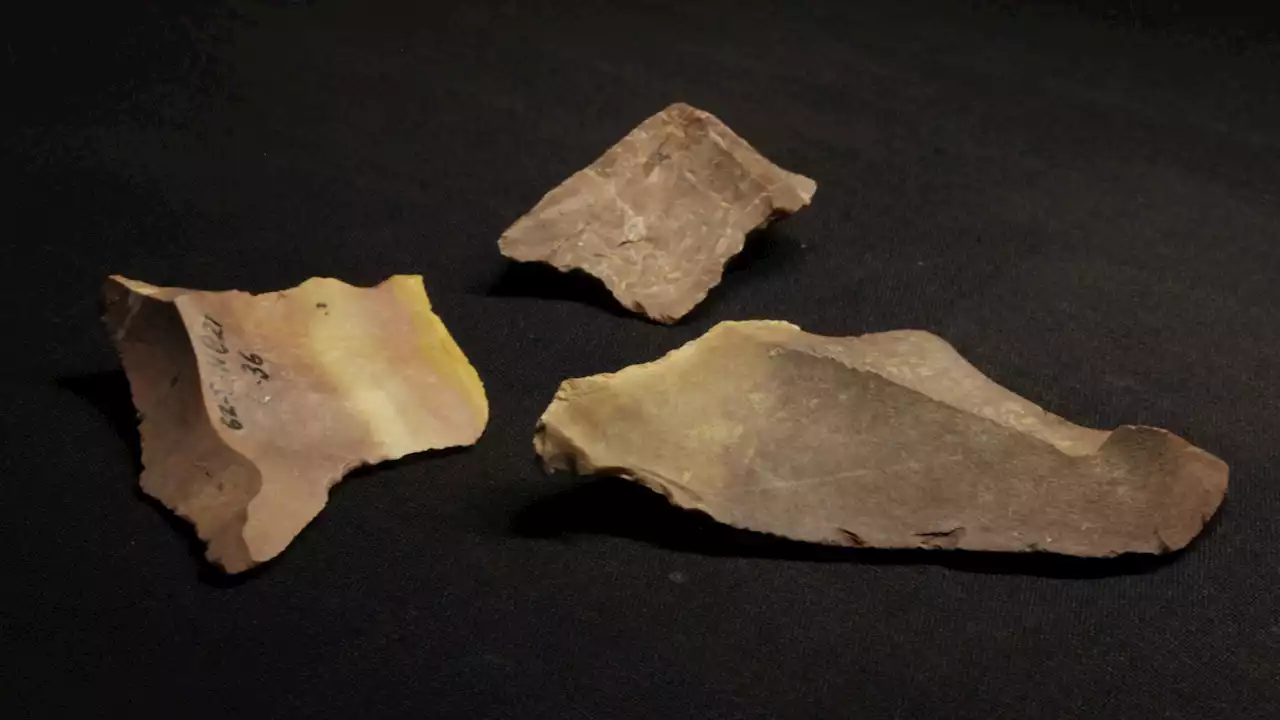Researchers can now identify the plants people have consumed, providing valuable insights into diets, improving clinical trials, and unlocking crucial information.
The marker they focused on is a specific region of DNA found in plants that power chloroplasts, the organelles responsible for converting sunlight into sugars. Known as trnL-P6, this genomic region is present in all plants but varies slightly from one species to another.
Their findings revealed that these DNA markers indicated the consumed foods and provided insights into the relative amounts of certain species. Moreover, the diversity of plant DNA discovered in feces varied based on a person's diet, age, and household income. While the researchers haven't yet tracked meat intake using the DNA barcode, Dr. David mentioned that the technology could do so. Determining the plant-to-animal intake ratio is crucial when assessing nutritional factors.In one experiment, the scientists applied the marker to fecal samples from individuals participating in a weight loss intervention.
Dr. David emphasized that the barcode can accurately identify the diversity of plants in a sample, serving as a proxy for dietary diversity, a recognized marker of nutrient adequacy, and improved heart health.
United States Latest News, United States Headlines
Similar News:You can also read news stories similar to this one that we have collected from other news sources.
 Ticks use static electricity to latch on to you from afar, researchers findTicks can't jump or fly onto their hosts, but static electricity gives them a boost, researchers have found.
Ticks use static electricity to latch on to you from afar, researchers findTicks can't jump or fly onto their hosts, but static electricity gives them a boost, researchers have found.
Read more »
 AI-Powered Coding Will Add $1.5 trillion to Global GDP, Say ResearchersAI-powered coding could boost global GDP by $1.5T by 2030, say researchers. GitHub Copilot is revolutionizing software development. AI CodingFuture 🌐💻🚀
AI-Powered Coding Will Add $1.5 trillion to Global GDP, Say ResearchersAI-powered coding could boost global GDP by $1.5T by 2030, say researchers. GitHub Copilot is revolutionizing software development. AI CodingFuture 🌐💻🚀
Read more »
 A robotic raspberry teaches machines how to pick fruitThis fake raspberry allows researchers to train fruit-picking robots in the lab before field tests.
A robotic raspberry teaches machines how to pick fruitThis fake raspberry allows researchers to train fruit-picking robots in the lab before field tests.
Read more »
 Scientists found a mysterious ‘gravity hole’ in the Indian OceanResearchers may have discovered the explanation behind a mysterious gravity hole found within the Indian Ocean.
Scientists found a mysterious ‘gravity hole’ in the Indian OceanResearchers may have discovered the explanation behind a mysterious gravity hole found within the Indian Ocean.
Read more »
 Indigenous input revealed early hints of fiber making in the tropicsTo decipher marks on nearly 40,000-year-old stone tools and figure out what they were used for, researchers turned to the Philippines’ Pala’wan people.
Indigenous input revealed early hints of fiber making in the tropicsTo decipher marks on nearly 40,000-year-old stone tools and figure out what they were used for, researchers turned to the Philippines’ Pala’wan people.
Read more »
